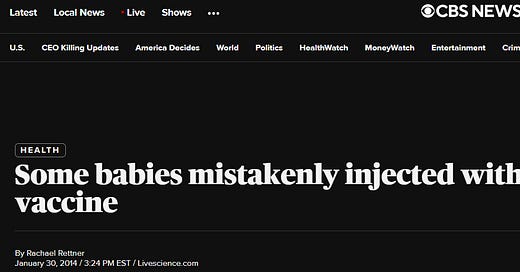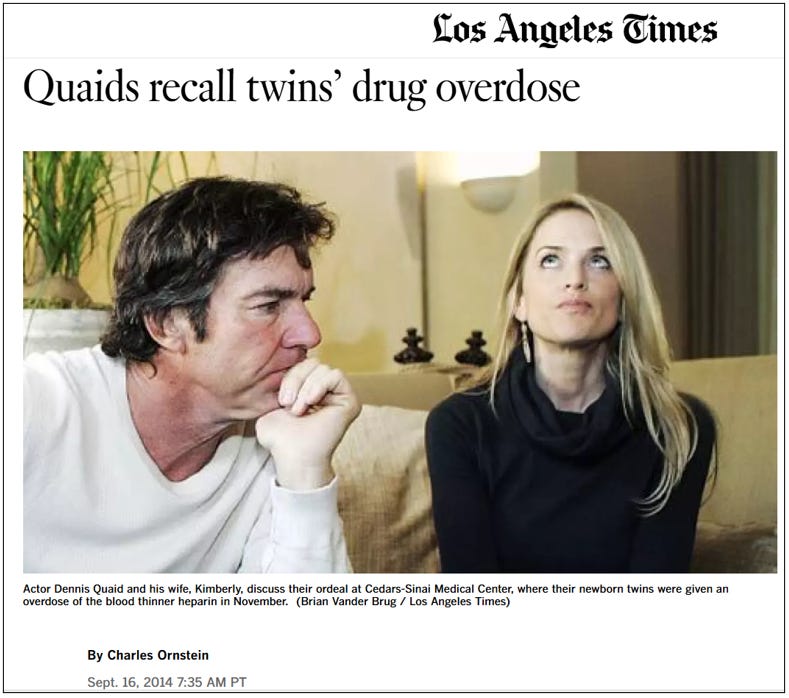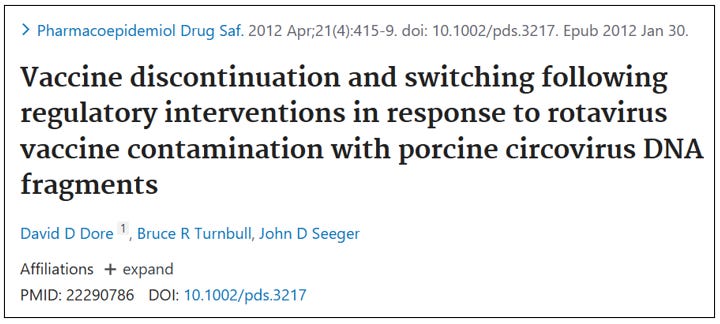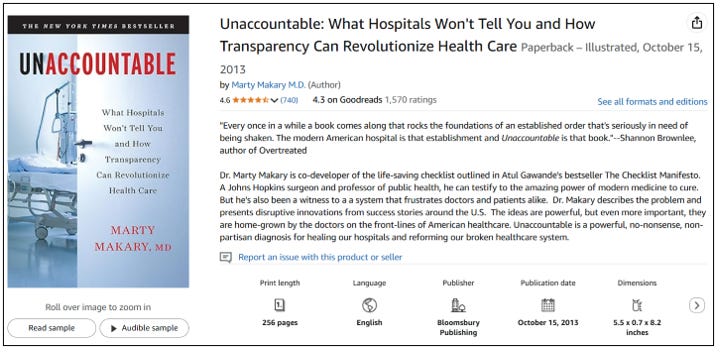More from the “Ask the Experts”, immunize.org FAQ page.
“Vaccine Administration Errors”
“We received a report of an infant who received rotavirus vaccine intramuscularly rather than orally.
Is this dose valid? If not, when should it be repeated?
The rotavirus vaccine dose given by the intramuscular route is not valid and should be repeated by the oral route as soon as possible. In a review of such rotavirus vaccine administration errors, there usually were not adverse reactions, and those documented were limited to local reactions and general, brief irritability. Please see www.cdc.gov/mmwr/pdf/wk/mm6304.pdf, page 81, for more information.
Please take steps to ensure that such vaccine administration errors are avoided in the future. This event should be reported to the Vaccine Adverse Event Reporting System at https://vaers.hhs.gov even if an adverse reaction does not result from it.”
Last reviewed: June 7, 2023
This is concerning on several levels.
Injecting an oral vaccine is not one of the “normal” medication administration errors, which are typically preparation or dosing. For example, Dennis Quaid’s twin daughters were overdosed with 1000 times intended dose, with a blood thinner, heparin, at Cedars-Sinai Hospital. Look alike and sound alike products can be risky, as are medications that have different concentration levels with similar appearing packaging. That is what occurred to the Quaid twins: “According to state regulators, the medical errors began the morning of Nov. 18 when two pharmacy technicians mistakenly delivered 100 vials of heparin to the pediatric unit. The vials contained a concentration of 10,000 units per milliliter instead of the appropriate 10 units per milliliter of the blood thinner, which is used to prevent clots.”
If a Health Care Provider, (HCP), is injecting an oral vaccine, it is not “accident”, but an “intentional” error that will not be corrected until someone says, “Hey Joe, that vaccine is not supposed to be injected.”
MMR vaccine comes in a 5 dose multi-vial. We know if oral vaccines are being injected, then it is a scientific, statistical certainty some children are receiving improperly prepared under and overdoses of MMR vaccine. What happens when an HCP administers a full 5 dose vial to a single child?
All of the new combination vaccines are another risk elevator. What happens when an office that usually uses an MMR and a separate Varicella vaccine receives a shipment of the MMRV “Pro-Quad” 4 in 1 combination, the HCP doesn’t notice and administers an MMRV plus an additional separate Varicella vaccine?
Not only are HCP unable to properly administer the vaccine, but they also cannot logic out that an oral vaccine administered intramuscularly would not be valid.
Injecting the oral rotavirus vaccine is not an easy mistake. Rotavirus vaccine is packaged in a plunger dispenser to be squirted into the infant’s mouth. To inject it requires either fitting a hypodermic needle to the plunger dispenser or transferring the vaccine into a standard syringe.
From the MMWR: “There were 39 reports of administration by injection (33 for RV1 and six for RV5). This included a cluster of six reports involving RV1 by a nurse who did not receive proper training or read the package insert. Nineteen of the 39 reports (49%) documented an adverse event; irritability (seven cases) and injection site redness (five) were the most commonly reported adverse events. Thirty of 39 reports (77%) did not have an explanation for the error; for those that did, reasons included misinterpreting package insert instructions, confusing the RV1 oral applicator syringe with a syringe for injection, confusing the RV1 vial with a vial used for injectable vaccine, inadequate training, and not reading the package insert.”
“As a passive surveillance system, VAERS might capture only a small fraction of vaccine administration errors. However, with approximately 55 million doses (3) distributed, these incidents appear to be rare.”
Of course, there is an effort to minimize the potential harm of these errors.
However, there is a complication that does not appear to have been addressed.
Both of the rotavirus vaccines are contaminated with a porcine circovirus. Rotavirus is a live virus vaccine.
From the abstract: “DNA from porcine circovirus type 1 (PCV1) and 2 (PCV2) has recently been detected in two vaccines against rotaviral gastroenteritis from manufacturers A and B.”
“We confirmed that the PCV1 genome in the rotavirus vaccine from manufacturer A is near full-length.”
“It contains two mutations in the PCV cap gene, which may result from viral adaptation to Vero cells. Bulks of this vaccine contained 9.8 × 1010 to 1.8 × 1011 PCV1 DNA copies/millilitre and between 4.1 × 107 and 5.5 × 108 DNA copies were in the final doses. We found traces of PCV1 and PCV2 DNA in the rotavirus vaccine from manufacturer B. This highlights the issue of vaccine contamination and may impact on vaccine quality control.”
This discovery prompted a temporary pause in rotavirus vaccine use while the contamination was investigated to determine risk to the recipients. It was decided that the vaccines were still safe to administer, from the standpoint of the PCV contamination.
Rotavirus vaccine is not without risk outside of the contamination.
The original formulation was recalled due to causing intussusception, (Infants who received RRV-TV were 37 times more likely to have intussusception 3--7 days after the first dose than infants who did not receive RRV-TV (95% confidence interval [CI] = 12.6--110.1)) which is a telescoping of the intestines that can require surgery to correct.
The current vaccines also carry this risk, (There is also a small risk of intussusception from rotavirus vaccination, usually within a week after the first or second dose. This additional risk is estimated to range from about 1 in 20,000 to 1 in 100,000 US infants who get rotavirus vaccine.). Rotavirus is another one of the infections that is not normally fatal in infants in market economy countries with a well-functioning medical system. The greater risk is to infants who do not have access to healthcare, where they can experience severe diarrhea dehydration. The US seems to vaccinate the population as if they live in the third world.
While it that may be true that when the oral rotavirus vaccine is properly administered an infant’s GI tract can handle the PCV contamination, but does anyone think they investigated what would happen if the oral vaccine was injected?
How serious is medical error?
Dr. Makary has been appointed to head the FDA.
I highly recommend this book by Dr. Makary, Unaccountable.










Great and important reporting. Thanks.
Dennis Quaid’s twins were overdosed. Randy is his brother.
Thank you for this information. I’m so disgusted with the vaccine “religion”…it’s got to be completely torn down until we have legitimate safety data, imo.